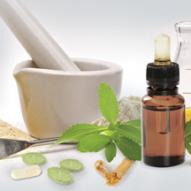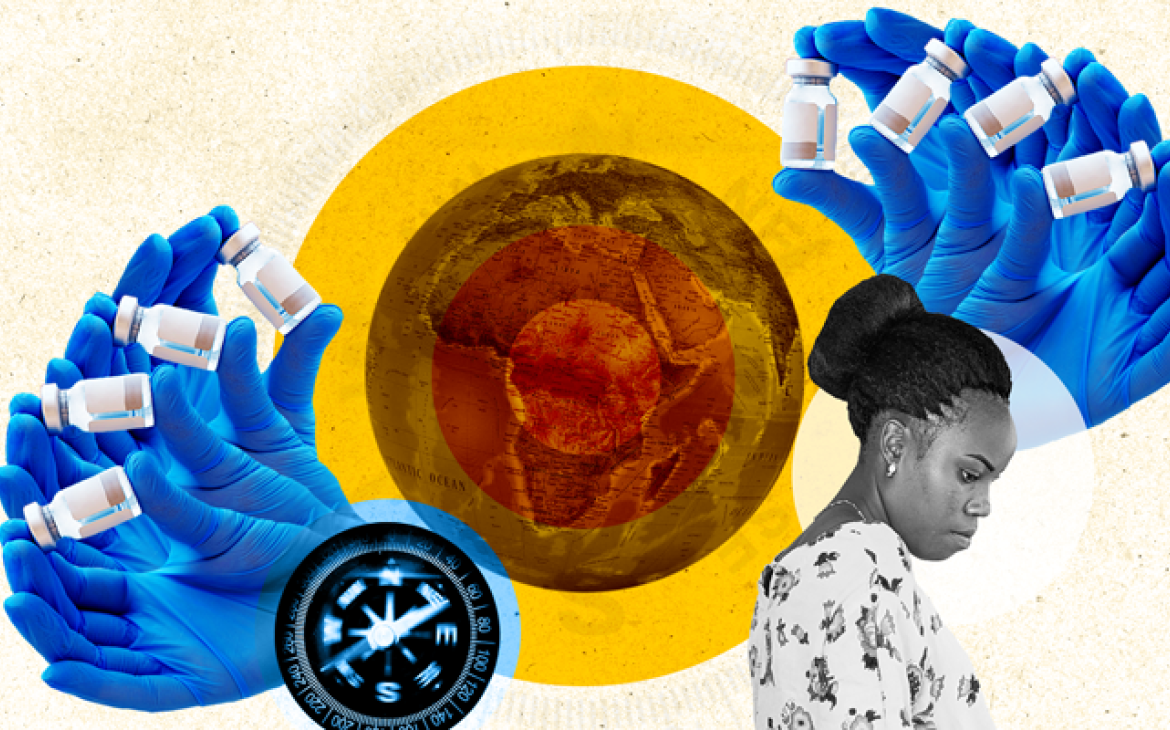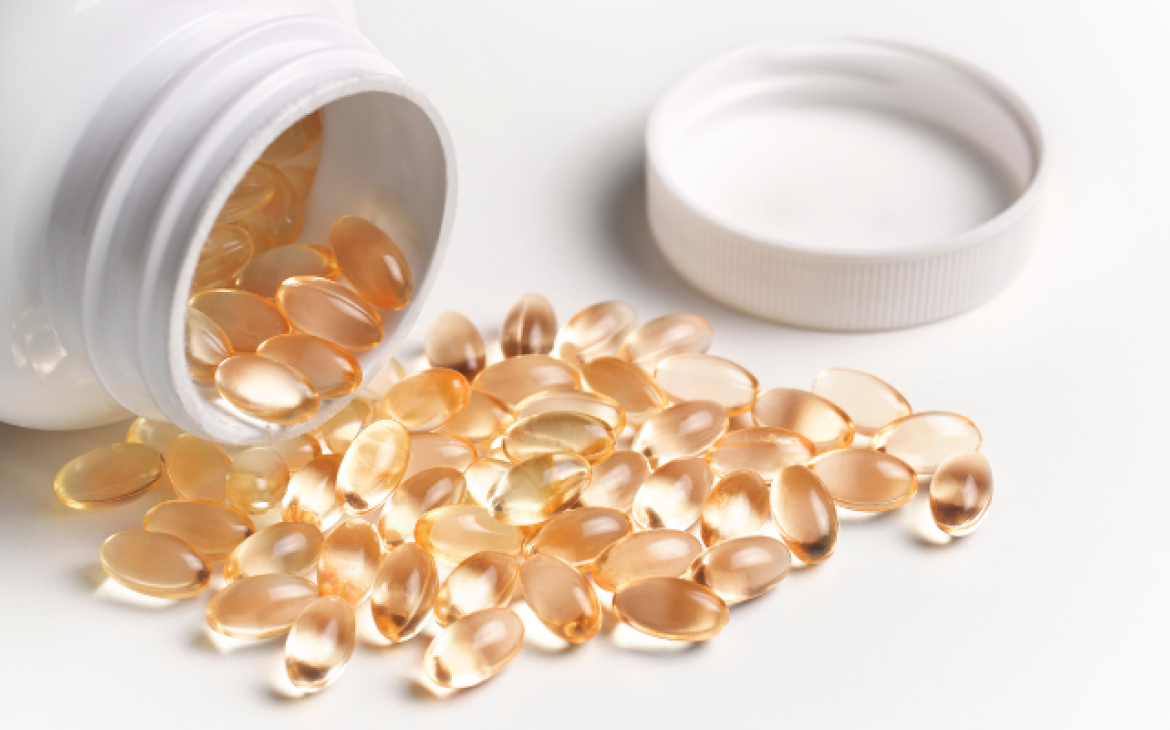
Herbal products, many times referred to as botanicals, have become increasingly popular in the United States, but many consumers are complacent when it comes to the quality and safety of these products.
Because they are perceived as “natural”, many times they are automatically considered safe. But this is not always the case. The quality of herbal products as well as how they impact people’s regular healthcare regimen should be carefully considered.
Herbal products are not only bought and sold in their raw state – either fresh or dried, but many are manufactured into tablets, capsules, powders, teas and/or extracts.
If not cultivated under Good Agricultural and Collection Practices and/or processed under Good Manufacturing Practices, these plants and the products derived from them may become contaminated with potentially dangerous ingredients.
Adverse reactions, although rare, could be life threatening or lethal. Plus, lack of understanding of the plants and their interactions with prescription and over-the-counter medicines may contribute to herbal products being non-efficacious or even toxic to patients.
For example, licorice is known to lower potassium and taking it together with some diuretics may result in a dangerous low level of potassium in the body. Some herbs may amplify the effects of anticoagulants, and certain herbs may interfere with drug metabolism.
They may be similar, but certainly not equal
Another potential problem with herbal products is adulteration with other similar plant species. Some herbal products manufactured in the United States are made from native plants, but a significant amount is made from plants that are imported mainly from China, India, Africa and Latin America.
American manufacturers may be importing varieties of plants similar to those grown locally, but there is a risk of bringing in a different species without the same purported health benefits. As a result, the effectiveness and quality of the ingredients can vary widely.
Black cohosh, popularly used for its purported efficacy in controlling menopausal symptoms, is an example of a Native American species from the genus Actea; its scientific name is Actaea racemosa, but two other related species grow in Asia, A. foetida and A. dahurrica. All these species are frequently known as “cimicifuga”.
When a manufacturer requests black cohosh as an ingredient to formulate an herbal product, an exporter from Asia could sell their local “cimicifuga”, not the American- grown variety. The manufacturer, then, could be using the wrong ingredient if quality control measures are not in place. It is actually estimated that one third of the black cohosh supplied to the American market is the wrong Asian species.
Dietary supplements do not have the same regulatory oversight as medicines
What is important to remember is that only a few herbal products have gone through the stringent U.S. drug approval system and are classified as herbal medicines. Most of them are legally marketed in the U.S. as dietary supplements, so quality specifications are set by the manufacturers according to the current Good Manufacturing Practices (cGMPs) with no premarketing oversight and no uniform requirements. For that reason, the quality of herbal products may vary significantly from one manufacturer to another.
As the globalization of manufacturing and distribution continues, the need for stronger systems to assess and ensure quality in herbal products is becoming apparent and USP is part of the overall effort to better inform industry and consumers alike.
For more information on the quality and safety of dietary supplements, including herbal products: http://qualitymatters.usp.org/low-down-quality-dietary-supplements-2.
Gabriel Giancaspro, Ph.D., is the vice president for food ingredients, dietary supplements and herbal medicines at USP.


